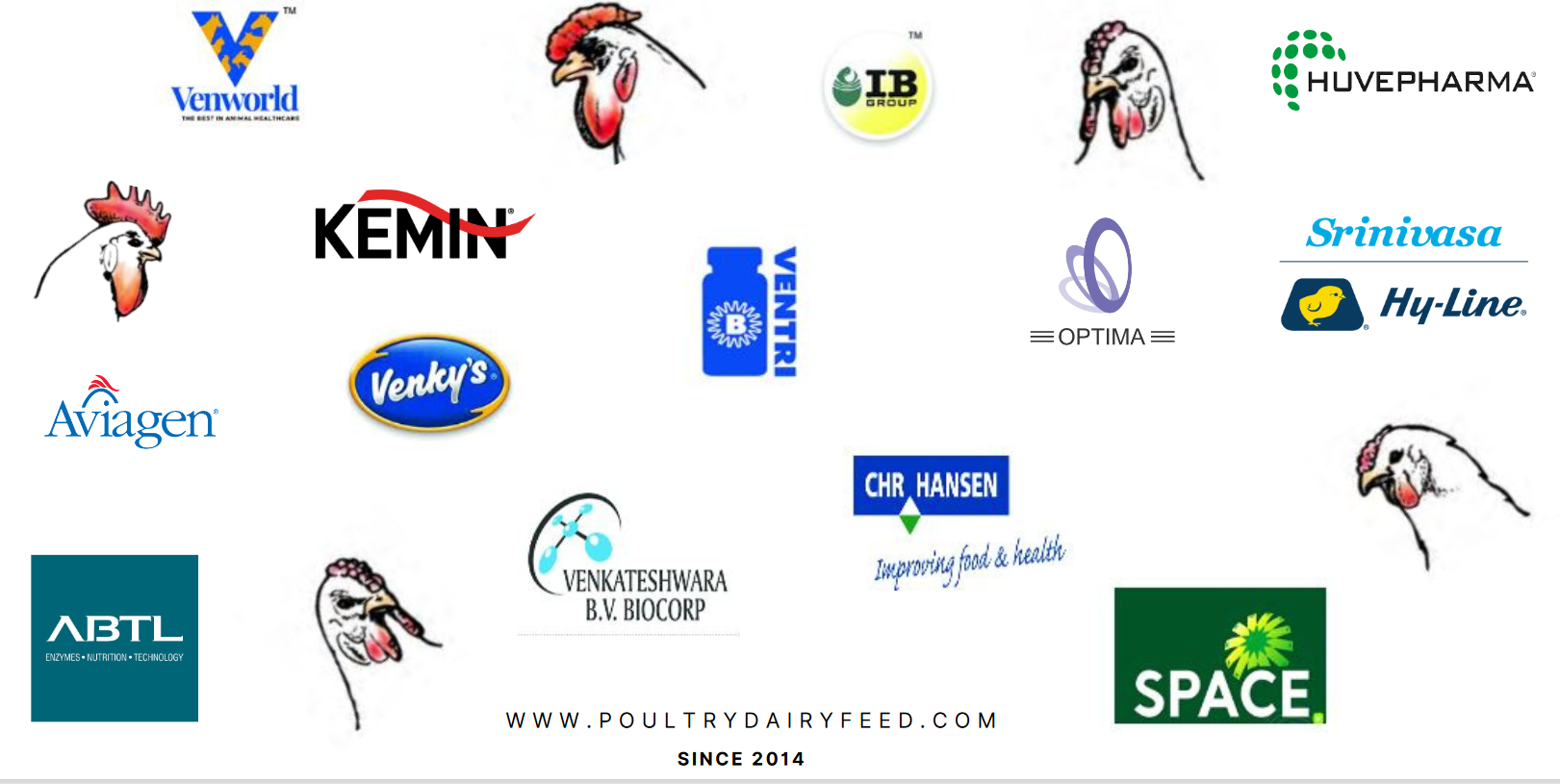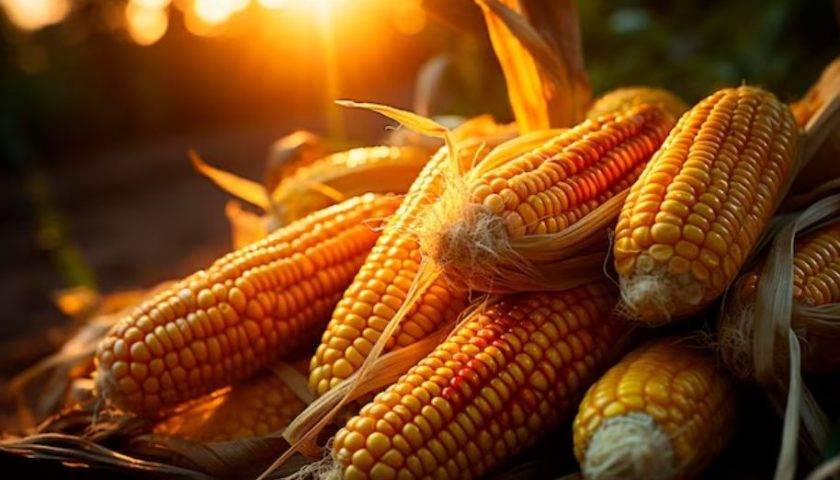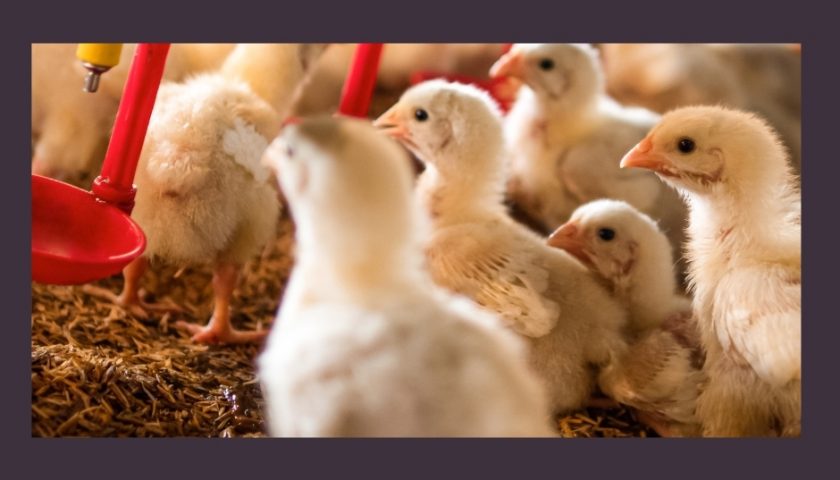The choice to combine nicarbazin and monensin is based on the fact that nicarbazin is a strong synthetic compound used for the control of coccidiosis. However, in high concentrations, it makes the birds more vulnerable to (heat) stress conditions. Monensin is a strong ionophore that can be used in both chickens and turkeys and has a well-documented positive effect on litter quality. The advantage of combining the products allows them to be used in lower concentrations.
A trial conducted under experimental conditions (Anticoccidial Sensitivity Trial) has demonstrated the synergistic effect between nicarbazin and monensin: the combination of both products performed better than the products individually (Table 1). Monensin at 40 ppm (registered dosage range in Europe is 100-125 ppm) did not reduce lesions for any of the Eimeria species. Nicarbazin at 40 ppm (registered dose in Europe is 125 ppm) significantly reduced the lesions for E. tenella but the other Eimeria species were not significantly affected. The combination of nicarbazin and monensin (both at 40 ppm) significantly reduced the lesions for all Eimeria species.

Table 1. Lesion scoring results per species in an anticoccidial sensitivity trial demonstrates the synergistic effect between nicarbazin and monensin
Better coccidiosis control also results in improved performance (Graphs 1 and 2). Monensin / nicarbazin-supplemented birds showed a significantly higher body weight at the end of the trial compared to the infected untreated control (IUC) group and the groups treated with individual products (Graph 1).

Figure 1. The synergistic effect between nicarbazin and monensin on average body weight 6 days after coccidiosis challenge is demonstrated in an anticoccidial sensitivity trial

Figure 2. The synergistic effect between nicarbazin and monensin on FCR after coccidiosis challenge is demonstrated in an anticoccidial sensitivity trial
The monensin/nicarbazin treated birds had a significantly lower feed conversion ratio (FCR) in comparison to the infected untreated control (IUC) group. Although not statistically significant, the FCR for the monensin/nicarbazin treated birds was numerically lower compared to the individual components.
RELIABLE SOLUTION
The target species are chickens for fattening, turkeys for fattening and chickens reared for laying. This wide range of target species is beneficial, especially when a feed mill produces feed for both broilers and turkeys. Other combination products can be toxic for turkeys (combinations with narasin). Furthermore, the new anticoccidial is a microgranulated product, combining the active ingredients (nicarbazin and monensin) and carrier to form one granule (Figure 3). This technique ensures correct dosing of the produt in the feed. The importance of correct dosing cannot be overestimated as too low a dose will not guarantee good coccidiosis control.

Figure 3. One granule of a microgranulated product combines the actives (monensin graphically presented as red, nicarbazin as brown) and the carrier (white)
IMPROVING ANIMAL WELFARE
In a large European broiler field trial (203,200 birds in total), the impact of the combination nicarbazin / monensin on foot pad dermatitis was evaluated in comparison to the nicarbazin/narasin combination product. Foot pad lesions were scored at thinning (32 days) and at final slaughter age (41 days). A camera system was used to score every footpad on the slaughter line, applying a scoring system from A (best score) to C (worst score). At thinning, the group receiving the combination of monensin/nicarbazin had 5% more foot pads with score A and a slaughter age, this number increased to 33% more A scores in comparison to the nicarbazin/narasin combination.
Conclusion
Huvepharma is launching a new anticoccidial into the European market – Monimax®. The list of registered anticoccidials is limited and it has been a long time since a new product was introduced. Monimax®, a combination of nicarbazin and monensin, is a reliable solution which will increase bird performance and improve welfare standards.





